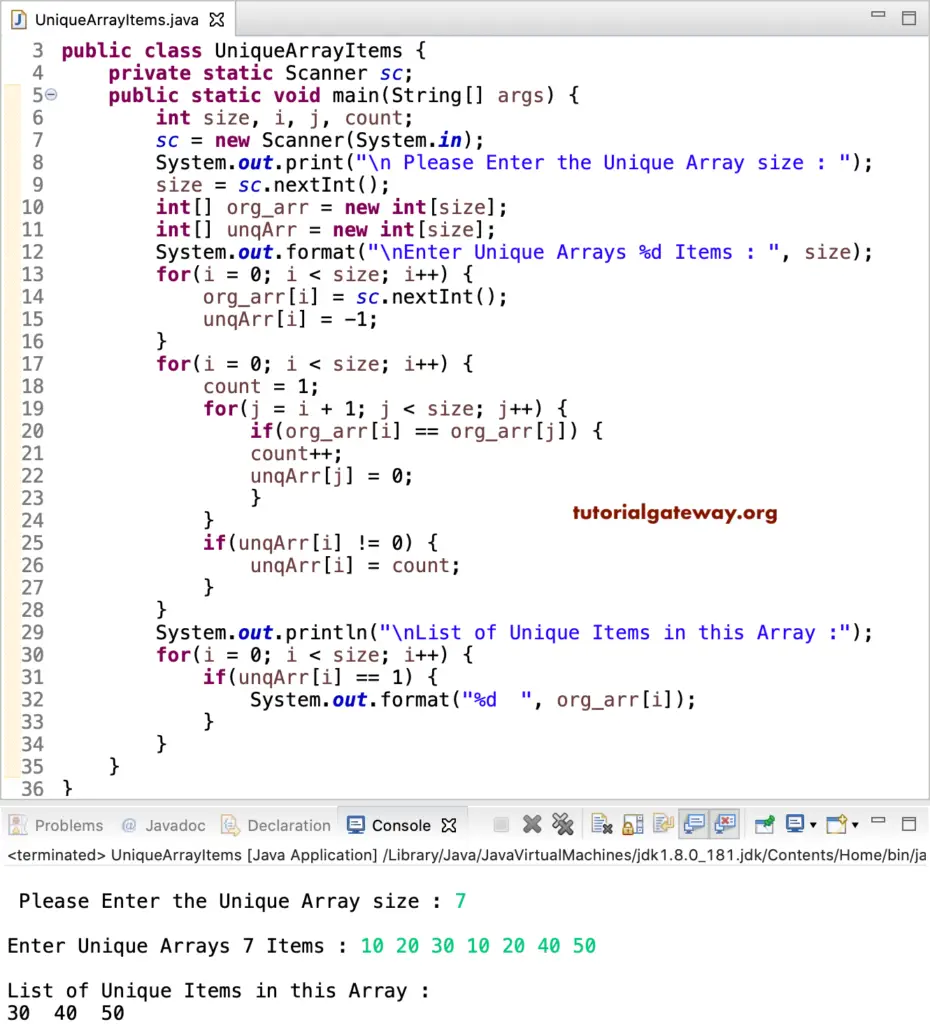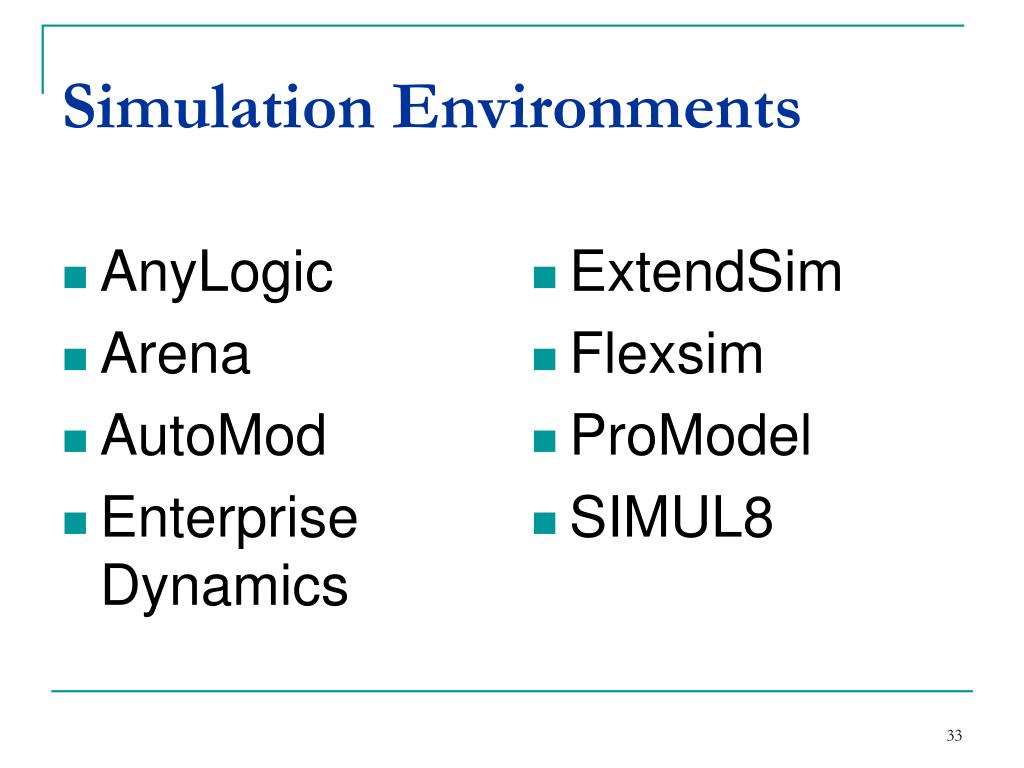
Content © 2019 Florian Hübler // Website Template © 2019 Tania Rascia under MIT License.
Anylogic java script code#
You can pack your code into a jar and import it in AnyLogic like any other external Java package. It is easy and can be very powerful to use external Java libraries in AnyLogic.Īnother thing to consider: If you have projects with lots of algorithms and data structures, why not develop them outside of AnyLogic, in a standard Java development environment like Eclipse? This way debugging and unit testing can be much more intensive then it is possible in AnyLogic and you can reuse this components easily in other Java or AnyLogic projects. That's the beauty of integrating external Java packages. I just created an empty graph using a normal AnyLogic variable, without any additional code. I can set an AnyLogic variable to the type Graph and give it the initial value new SparseMultigraph(). In the package there is a class called graph. The thought of taking out the old Java Swing and completely replacing it with HTML5 seemed like such a major change that.

Since you loaded the whole package name prefix, you can now access all classes of the package as if they were directly part of AnyLogic. Example: With the import you can write anywhere in your project Graph and it will work, without the import you would have to always write .Graph. AnyLogic is a multi-method simulation modeling tool, that supports agent-based, discrete event and system dynamics simulation methodologies.

Anylogic java script how to#
This step is not obligatory, but if you don't do it, in your code you will always have to reference the full package path of every library item you want to access. In this module, we will cover how to integrate an AnyLogic simulator with the Bonsai platform. In your Main properties, under "Advanced Java", import the package name prefix into your class: import .*.Reference those JAR files in the "Dependencies" tab of your project properties in AnyLogic.Try to get tutorials, examples and guides on the package.įor this article I choose the package JUNG, which is very well documented:įind the JARs that you need, in this case these four: This can be found in the Java API doc, which is basic HTML style documentation of the classes and fields a package contains. What you needĪfter you found a package that meets your technical requirements, you need to prepare yourself to work with it.įind out what the package name prefix is, something like "". In this article I'll show how this is done at the example JUNG, a Java package to work with graph networks (for example network route finding). Because AnyLogic itself is developed in Java, integrating any other Java package is effortless. The Models can be run anywhere and anytime.One of the greatest advantages of AnyLogic is its extendability. Java applets are generated for running a model – no runtime licence is necessary.


AnyLogic is a very flexible, dynamic simulation tool developed by The AnyLogic Company, suitable for all fields and business areas where simulation methods are commonly applied.


 0 kommentar(er)
0 kommentar(er)
